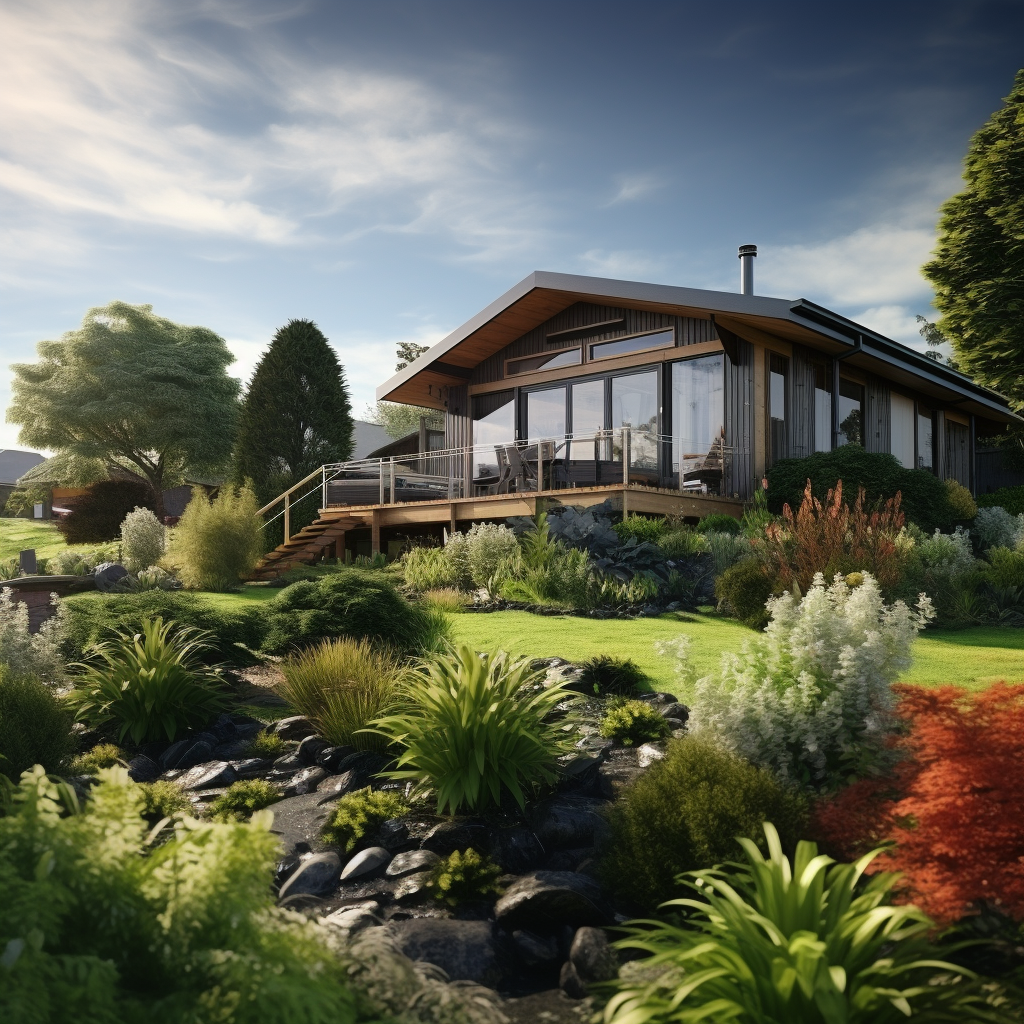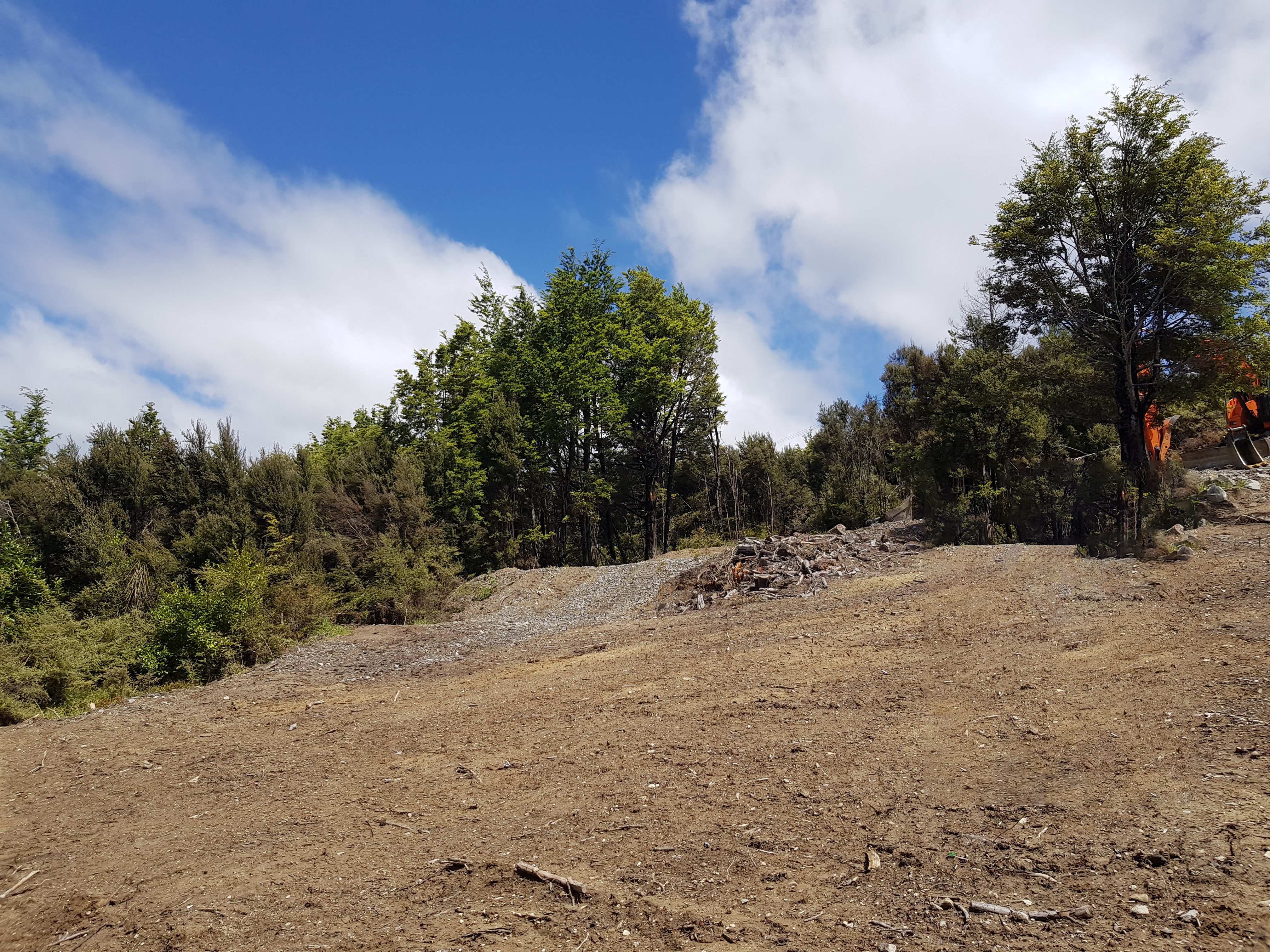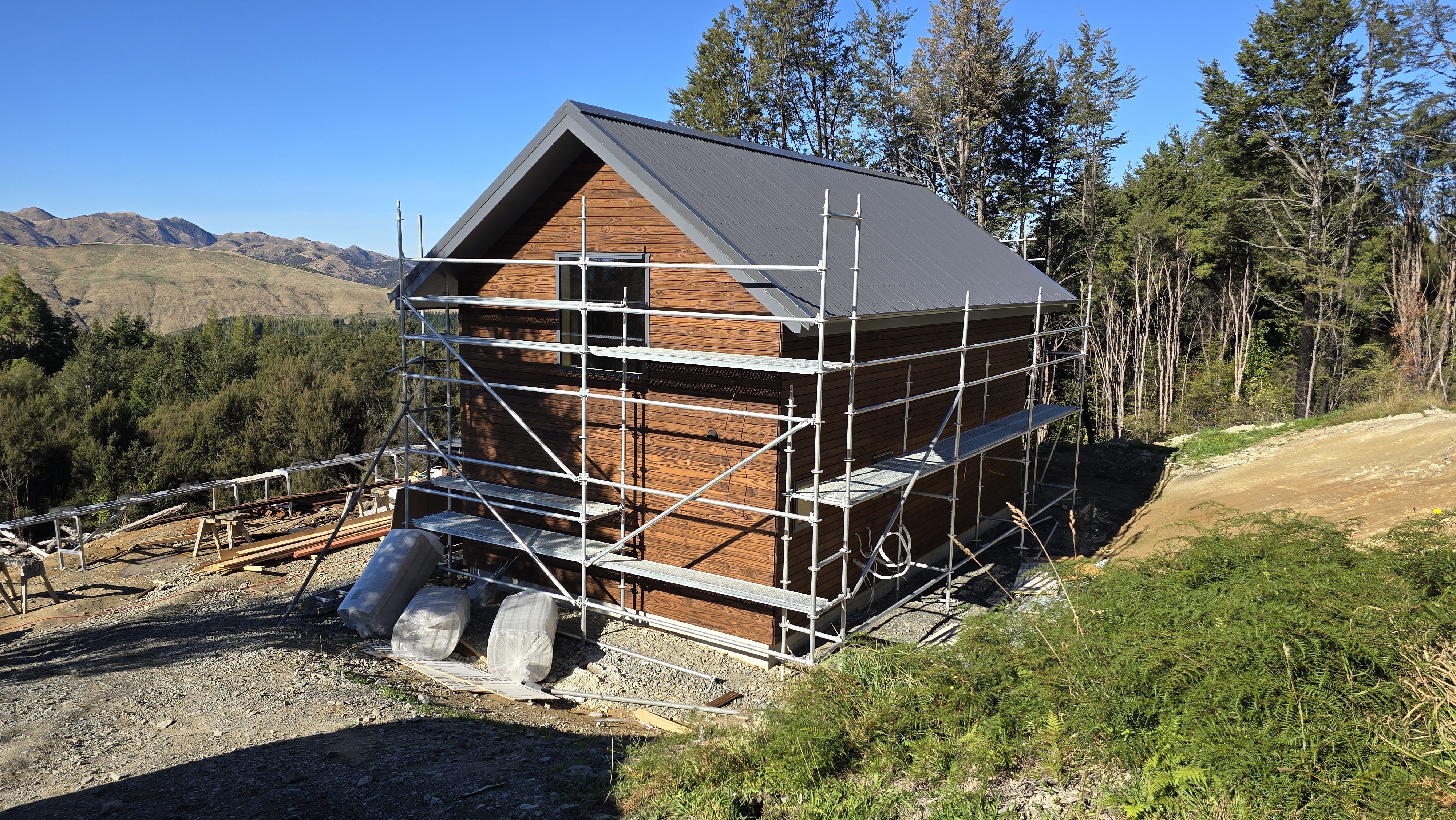10 Essential Landscaping Tips for Kiwi Properties: Urban and Rural
Landscaping in New Zealand offers a unique opportunity to blend the natural beauty of Aotearoa with functional and sustainable design. Whether you're in the heart of Auckland or nestled in the rolling hills of the countryside, creating a landscape that resonates with the local environment and lifestyle is key. Here are ten essential landscaping tips that cater to both urban and rural Kiwi properties.
Native Plant Selection: More Than Just Aesthetic Appeal
Incorporating native New Zealand plants into your landscape goes beyond mere aesthetics. It's about fostering a thriving local ecosystem right in your backyard. Native species such as:
- The vibrant Pōhutukawa with its crimson flowers
- The golden blooms of the Kōwhai tree
- The sturdy and versatile Harakeke (New Zealand flax)
are not only visually appealing, but they're uniquely adapted to our climate and play an essential role in supporting our native wildlife. Birds, bees, and insects all benefit from these indigenous plant species. Choosing these natives means less maintenance on your part, as they're naturally suited to our soils and weather conditions. This reduces the need for additional water or fertilisers, making your garden more sustainable and eco-friendly.
Water Conservation Practices: Every Drop Counts
Water is a precious resource in New Zealand, and its conservation is of utmost importance—especially in regions prone to drought. By implementing effective water conservation practices, you can ensure that your garden remains lush without wasting this vital resource.
Consider setting up a rainwater harvesting system which collects and stores rainwater for garden use. This is not only environmentally friendly but also cost-effective. You can also opt for drought-resistant plants that require less hydration but still add beauty to your landscape.
Additionally, consider efficient irrigation methods like drip lines or soaker hoses. These systems deliver water directly to the roots of your plants, minimising evaporation and waste.
Erosion Control: Safeguarding Your Soil
For rural properties situated on hilly terrain, controlling erosion is paramount. Without proper measures, soil can quickly wash away, leaving you with a barren landscape and potentially causing environmental damage.
Robust ground cover plants help anchor the soil, preventing it from being eroded by wind or water. Constructing retaining walls or terraces can provide stability to sloped areas, turning potential problem zones into attractive features of your landscape.
Another effective technique is the creation of swales, which are shallow trenches designed to direct water flow. Swales can help manage runoff, prevent soil degradation and even create microenvironments for a variety of plants. Incorporating these techniques not only safeguards your landscape but also contributes to the wider health of our environment in Aotearoa.
Sustainable Materials: An Eco-Friendly Choice
When considering the construction elements of your landscape—such as paths, fences or decks—it's essential to make sustainable choices that minimise environmental impact. For instance, recycled timber is an excellent choice that not only adds a unique character to your design but also reduces the demand for new lumber, thereby contributing to global forest conservation.
Alternatively, using locally sourced stone not only ensures your landscape blends seamlessly with its natural surroundings, but it also supports local businesses and reduces the carbon footprint associated with long-distance transportation of materials.
In addition, consider permeable paving options. These designs allow water to filter through instead of running off, leading to improved groundwater recharge and reduced water waste. This is particularly beneficial in areas prone to heavy rainfall or flooding.
Edible Gardens: Sustainability and Freshness Combined
Integrating an edible garden into your landscape brings sustainability and freshness straight to your table. You might consider:
- Fruit trees: They serve dual purposes as food sources and shade providers.
- Vegetable gardens: They offer organic produce fresh from your backyard.
- Herb patches: These require minimal space while significantly adding flavour to your meals.
Even in urban settings where space might be limited, raised beds or container gardening can prove highly productive and rewarding.
Outdoor Living Spaces: Bringing Indoor Comfort Outdoors
New Zealanders' passion for outdoor living can be reflected in thoughtful landscape designs that create spaces which are both beautiful and functional.
- Patios or decks can be designed as extensions of indoor living areas, providing extra space for relaxation or socialising.
- Outdoor kitchens encourage al fresco dining and provide a unique culinary experience.
- Fire pits provide warmth for cooler evenings, extending the usability of outdoor spaces throughout the year.
Wildlife-Friendly Features: Enhancing Biodiversity
Inviting native wildlife into your garden does more than just increasing biodiversity—it sparks a deeper connection with the natural world.
- Bird feeders can attract native birds such as tūīs or bellbirds, adding both colour and song to your garden.
- Bee hotels support local pollinators, contributing to the health of your plants and the wider ecosystem.
- Planting flowers like hebe which offer abundant nectar can attract a variety of insects, enriching your garden's biodiversity.
Privacy and Shelter: Creating Your Personal Oasis
In urban settings where homes are often close together, privacy becomes crucial in landscape design. Strategic planting of trees and hedges can create natural screens from neighbours while also providing shelter from wind or sun. For immediate privacy while plants mature, consider constructing fences or walls.
Low-Maintenance Solutions: Hassle-Free Landscaping
When it comes to landscaping, the key is to create beauty without burden. The notion of a low-maintenance garden doesn't mean compromising on aesthetics. In fact, with some smart choices and planning, you can create a stunning outdoor space that requires minimal upkeep.
Choosing the Right Plants: It's essential to select plants that are not only visually appealing but also well-suited to your soil and climate conditions. Opt for drought-tolerant species like manuka or kanuka which require less watering, or plants like nz flax that need infrequent pruning. A garden full of such plants significantly cuts down maintenance time while ensuring your outdoor space remains vibrant and lush.
Mulching Techniques: Mulching is a natural and effective way to suppress weed growth without resorting to potentially harmful herbicides. Materials such as straw, compost, or wood chips can be spread around plant bases to discourage weed germination, retain soil moisture, and provide nutrients for plant growth.
Alternative Ground Covers: In areas where grass is difficult or time-consuming to maintain, consider alternatives like artificial turf. It offers a consistent green appearance year-round with less water usage and maintenance compared to natural grass. Plus, it's perfect for high-traffic zones like playgrounds or pet areas.
Adaptation to Climate Zones
Understanding New Zealand's diverse climate zones is crucial when designing your landscape. Your plant choices should reflect the specific climate conditions of your region for a resilient and thriving garden.
For instance:
- Central Otago: Known for its chillier temperatures, frost-hardy varieties like mountain daisy or snow totara are suitable choices here.
- Northland: With its subtropical climate, heat-loving plants such as nikau palm or pohutukawa tree would thrive in this region.
By tailoring your plant selections to local weather patterns, you can ensure your garden's resilience and longevity, creating an outdoor space that not only thrives but also complements New Zealand's unique biodiversity.
In conclusion, these ten landscaping tips combine practicality with sustainability, ensuring that whether you're enhancing an urban haven or embracing rural vistas, your outdoor space will not only look splendid but also contribute positively to the local environment and ecosystem—a true Kiwi paradise at home.




-1704401741.png)

